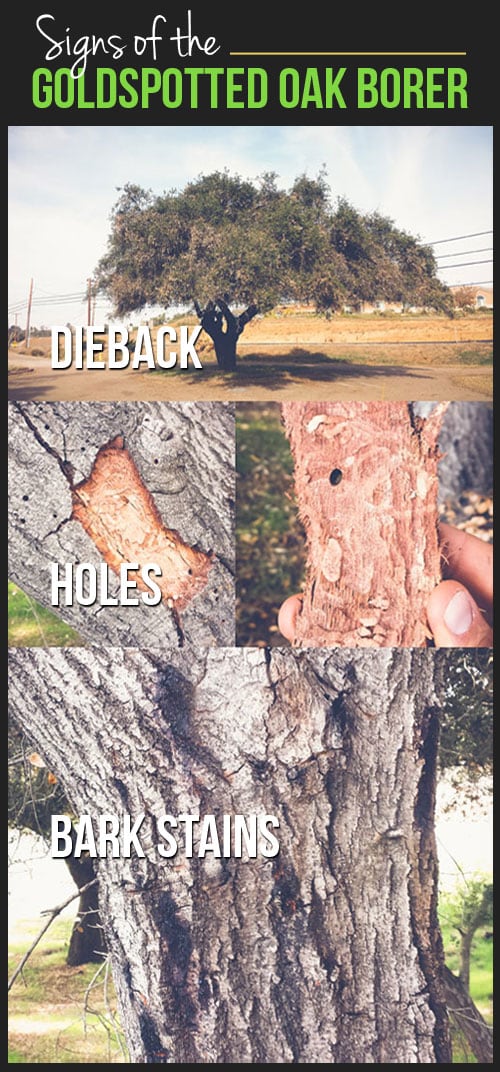Determining The Right Time For Tree Removal - An Overview For Homeowners
Determining The Right Time For Tree Removal - An Overview For Homeowners
Blog Article
Written By-Wright Halsey
Trees add elegance and worth to property, however they can also posture a danger throughout severe weather condition occasions. If https://sergioieysm.newsbloger.com/29885074/tree-elimination-vital-tips-for-a-smooth-refine has quit growing, is displaying noticeable fungal development, or has a leaning trunk, it should be eliminated by a professional to stay clear of building damage and injury.
To read more, go to a homeowner source reasonable co-hosted by HPD, the Center for New York City Neighborhoods, and Brooklyn-based real estate partners this night in Bedford-Stuyvesant. The event will include the Homeowner Handbook, a brand-new overview to aid property owners navigate the responsibilities of having a home.
1. Dead or Dying Branches
Trees are an indispensable part of your home's landscape, using shade and beauty. arborist supply offer sanctuary for wild animals and create oxygen, but even healthy and balanced trees can experience health issue that may necessitate their removal. Dead or passing away trees aren't simply undesirable, they can be harmful. Their branches could fall during a tornado, leading to expensive property damage and injuries.
When a tree's branches begin to die, it suggests that its framework is starting to break down. If the majority of its branches are dead, it is likely time to remove it.
Search for an absence of brand-new growth, bark peeling, open wounds or tooth cavities, fungis expanding on the trunk or origins and a general appearance of degeneration in the entire canopy. These signs of infection can show a severe problem that will require specialist tree services to deal with.
2. Leaning Trunk
While it's typical for trees to lean every so often due to phototropism, if a tree has an unsafe or serious lean that's not as a result of natural processes - it could be an indicator that the tree needs to be gotten rid of. If the tree is favoring a power line, home, car, play structure or any other location that could be harmful to people if it falls, after that getting in touch with an expert tree solution for removal need to be a leading concern.
It's also crucial to expect any type of sudden changes in a tree's leaning as it can suggest damages to the origins or trunk that may bring about dropping. This is particularly real throughout stormy weather, because high winds and rain-soaked dirt can trigger a lean to change quickly. Normal surveillance, specifically throughout and after tornados can aid homeowners recognize potential issues with their trees so they can call an arborist for a comprehensive analysis.
3. Pest Infestation
Some pest invasions, such as wood-boring bugs like emerald ash borer or sap-suckers like range pests, are so extreme that they can create a tree to die. The best means to avoid pest problem is to check your trees often. Seek areas, openings, or discolorations in the leaves and bark. Examine the trunk for splits and indications of insect damages, such as passages or tracks.
If a tree becomes as well plagued with parasites, or is close to a home or power lines, an arborist may recommend elimination. If a leaning tree creates a brand-new, unpredictable lean, an arborist will likely suggest elimination also to make certain the safety and security of people and home. If a weakened or dead tree continually sheds extreme branches, it is an indication that it is time to get rid of the tree. If a tree remains to lose branches for an extended time period, it could cause architectural troubles and prospective building damage.
4. Harmed Trunk
Trees are an attractive and vital part of our landscape, but they do need routine like maintain them healthy and balanced and secure. If a tree is harmed beyond repair it is likely time for it ahead down.
Try to find maitaince of damage to the trunk, including vertical splits, seams, dead branch stubs, noticeable injuries or open dental caries and serious tree-rot. The presence of fungis at the base of the trunk is one more alerting indication. Fungi might suggest that the phloem and xylem (life-support tissues) are jeopardized, allowing for the spread of illness or a future failing.
Also, take into consideration whether the tree has quit expanding. Healthy trees will certainly have new growth every year, which might be visible as buds or branches sprouting and expanding. If you do not see any kind of brand-new growth, it's a great idea to have an arborist examine the tree and follow their recommendation for elimination. A dying or harmed tree can drop and trigger property damages.